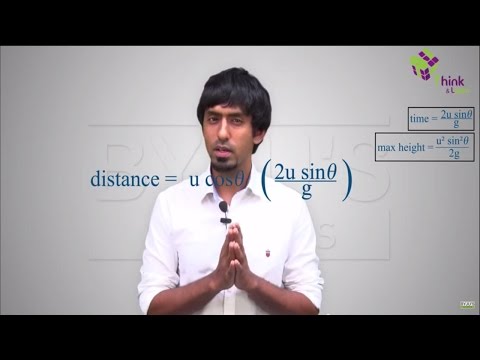| Table of Contents |
Uniformly Accelerated Motion

How do you think the motion in which acceleration is constant will proceed? Constant acceleration means velocity changing at a constant rate since the rate of change of velocity is acceleration (first equation of motion).
Uniform Acceleration Equations
When we are talking about motion in a straight line with constant acceleration, there are three equations of motion, which are helpful in determining one of the unknown parameters:
where,
v = final velocity of the particle
u = initial velocity of the particle
s = displacement of the particle
a = acceleration of the particle
t = time interval in which the particle is in consideration
Simple algebraic method, graphical method and calculus method are the ways to derive equations of motion.
Uniformly Accelerated Motion In A Plane
Projectile motion is one of the most popular examples of motion in a plane with uniform acceleration. In the case of projectile motion, the only acceleration acting on the particle is the acceleration due to gravity (g). In horizontal direction, the velocity in x-direction will be constant since there is no acceleration. Therefore, we can apply the equations of motion separately in two directions to get results.
In general, a uniformly accelerated motion is the one in which the acceleration of the particle throughout the motion is uniform. It can be moved in one dimension, two dimensions, or three dimensions.
A general case for a body executing uniformly accelerated motion is explained with the help of projectile motion in the video below.

Frequently Asked Questions – FAQs
What is uniform motion?
What is non-uniform motion?
What is centripetal acceleration ?
What is average velocity?
What is uniform acceleration?
To learn more on uniformly accelerated motion or uniform acceleration, download BYJU’S – The Learning App.

Comments